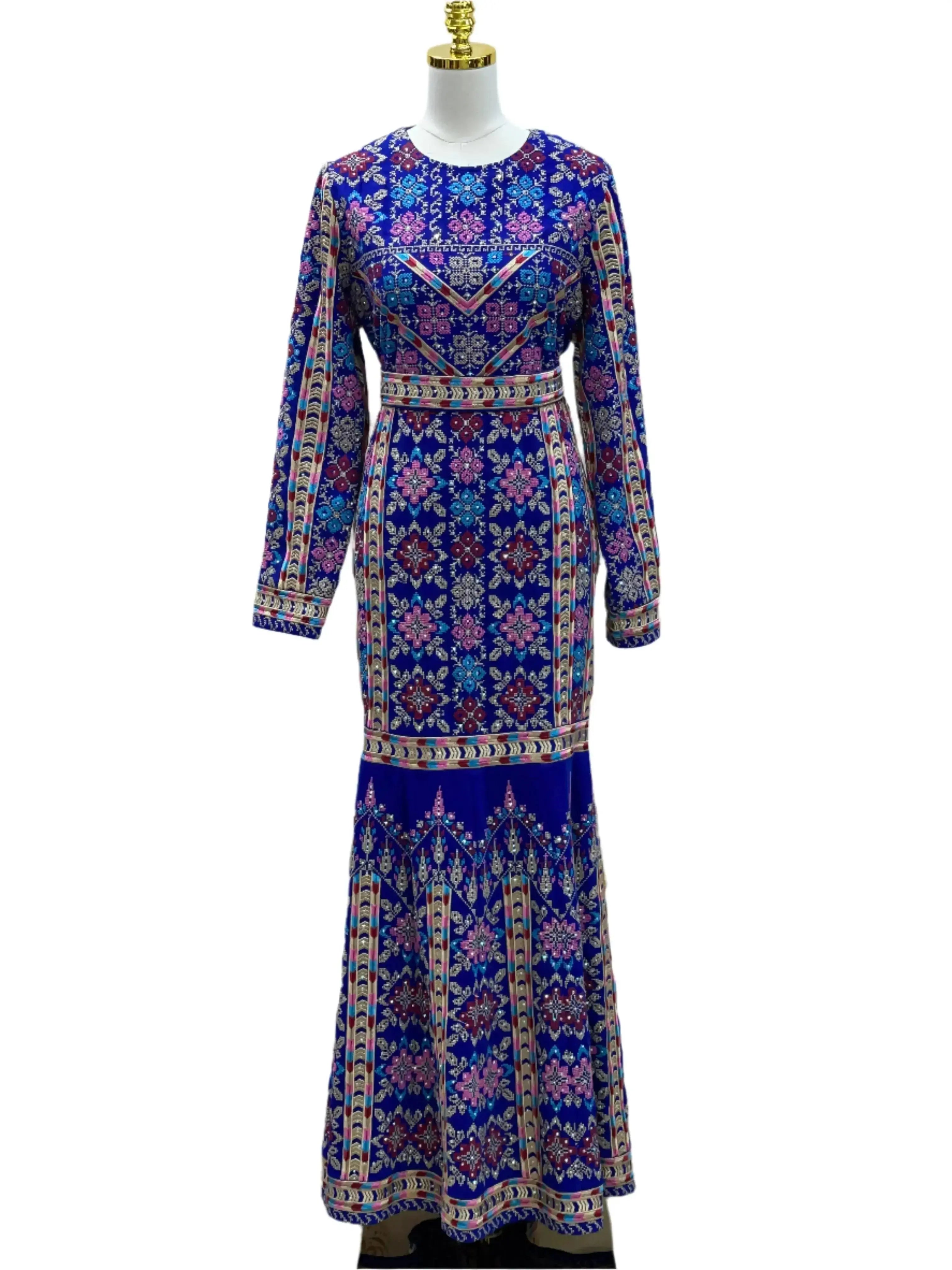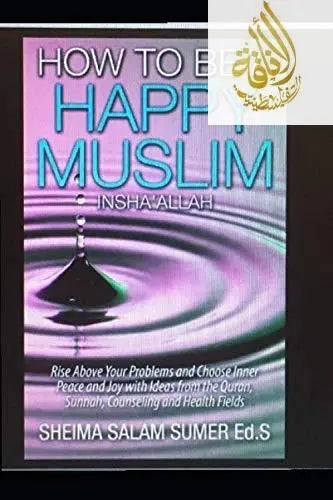Exploring the Rich Heritage of Palestinian Dress
The intricate beauty of Palestinian dress is a vivid expression of the region's rich cultural heritage. Embroidered dresses, known as "thobes," are more than just garments; they are a tapestry of history, identity, and artistry. This article delves into the traditional dress of Palestine, exploring its origins, significance, and the artistic traditions that continue to thrive today.
The Origins of Palestinian Dress
Palestinian dress has a long history that reflects the diverse influences of the region. Historically, these garments were crafted from locally sourced materials, with designs that varied across different villages and towns. The thobe, a long robe-like dress, is the centerpiece of traditional Palestinian attire, often adorned with elaborate embroidery.
The Thobe: A Symbol of Identity
The thobe is more than just a piece of clothing; it is a symbol of identity and pride. Each thobe tells a story through its unique patterns, colors, and motifs, which often signify the wearer's village or region. Traditionally, women would begin sewing their thobes at a young age, learning the intricate stitches from their mothers and grandmothers.
Significance of Embroidery
Embroidery holds a special place in Palestinian culture. The art of embroidery, or "tatreez," is a labor-intensive process that requires skill and patience. Patterns are created using vibrant threads, with each design carrying its own meaning. These motifs can represent anything from nature and fertility to protection and prosperity.
The Artistry Behind Embroidered Dresses
The artistry of Palestinian embroidered dresses is renowned for its complexity and beauty. The use of bold colors and geometric patterns is a hallmark of Palestinian embroidery, with each region boasting its own distinct style.
Regional Variations in Design
Palestinian dress varies across different regions, with each area having its own unique patterns and colors. For example, the thobes from Bethlehem are famous for their intricate cross-stitch patterns, while those from Ramallah feature vibrant red hues and floral motifs. These variations highlight the rich tapestry of Palestinian culture and the diversity of its people.
Materials and Techniques
Traditionally, Palestinian dresses were made from homespun linen or cotton, dyed with natural pigments. The embroidery is done by hand, using silk or cotton threads. The process of creating these garments is laborious, with some thobes taking months or even years to complete.
The Cultural Significance of Palestinian Dress
Palestinian dress is more than just a form of artistic expression; it is a powerful symbol of cultural heritage and resilience. In a region marked by conflict and displacement, traditional dress serves as a connection to the past and a reminder of identity.
Dress as a Form of Resistance
In recent years, Palestinian dress has been embraced as a form of cultural resistance. By wearing traditional garments, Palestinians assert their identity and heritage in the face of political challenges. The thobe has become a symbol of unity and pride, worn during national celebrations and cultural events.
Preserving Tradition
Efforts to preserve the tradition of Palestinian dress are ongoing, with artisans and organizations working to keep the art of embroidery alive. Workshops and exhibitions are held to educate younger generations and promote the cultural significance of traditional dress. These initiatives ensure that the rich heritage of Palestinian dress continues to thrive for future generations.
The Modern Relevance of Palestinian Dress
While deeply rooted in tradition, Palestinian dress has also found relevance in the modern world. Designers and fashion enthusiasts are incorporating traditional elements into contemporary styles, creating a fusion of old and new.
Fashion and Identity
The modern reinterpretation of Palestinian dress has gained international attention, with designers showcasing their collections on global runways. By blending traditional embroidery with modern silhouettes, these designers celebrate cultural heritage while appealing to contemporary tastes. This fusion of fashion and identity highlights the enduring appeal of Palestinian artistry.
Supporting Artisan Communities
The resurgence of interest in traditional Palestinian dress has also provided economic opportunities for artisans. By supporting ethical fashion brands and purchasing handmade garments, consumers contribute to the sustainability of artisan communities and the preservation of cultural heritage.
Conclusion: Celebrating Palestinian Heritage
Palestinian Dress:
The rich heritage of Palestinian Dress is a testament to the region's vibrant culture and enduring spirit. Through its intricate embroidery and symbolic designs, traditional dress tells the story of a people and their connection to the land. By exploring and appreciating the artistry of Palestinian dress, we celebrate a cultural legacy that continues to inspire and captivate.
In a world where cultural identities are increasingly at risk of being homogenized, the preservation and appreciation of traditional practices like Palestinian dress are more important than ever. Whether through wearing, creating, or supporting these traditional garments, we all have a role to play in keeping this rich heritage alive.




